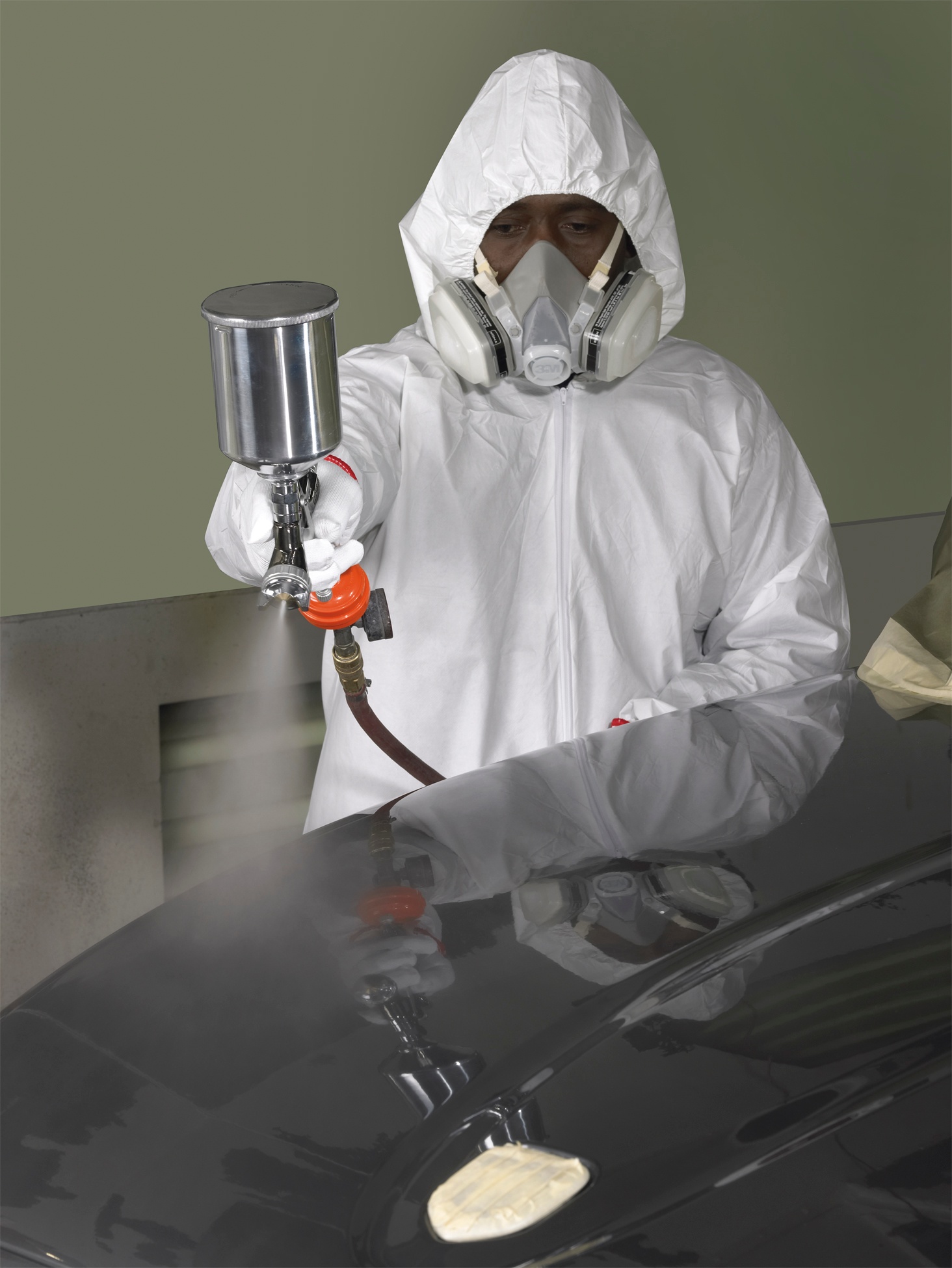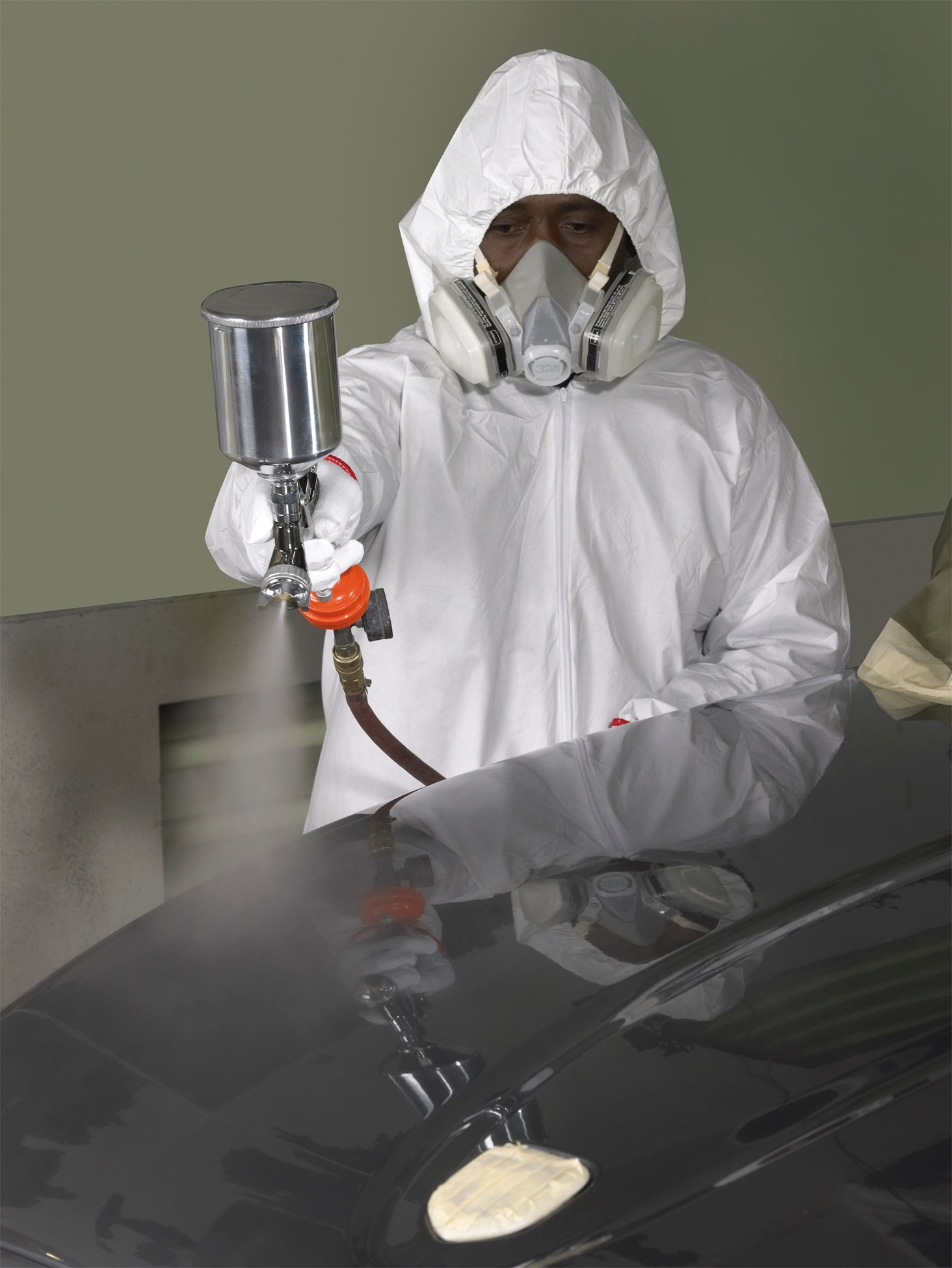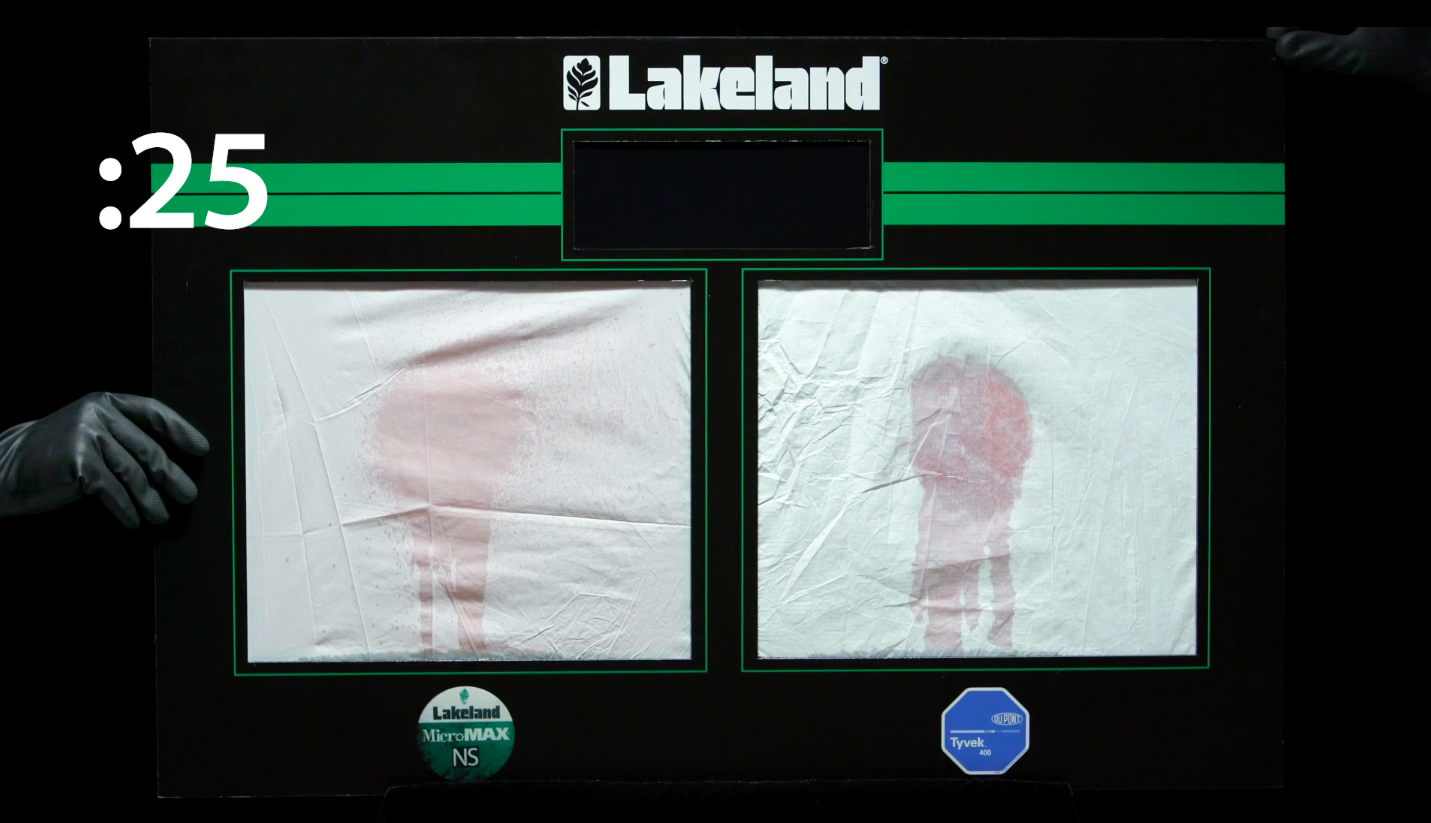 Individuals working in many industrial industries and manufacturing facilities know the importance of isocyanate chemicals. These chemicals are used worldwide to produce polyurethane products such as: adhesives, paints, coated fabrics, pesticides, foam insulation, furniture and more. Exposure to isocyanates can be very hazardous, particularly when you breathe the vapors or get the chemicals on your skin. Unfortunately, these chemicals do not have a distinctive color or smell, causing risks for exposure to be especially high.
Individuals working in many industrial industries and manufacturing facilities know the importance of isocyanate chemicals. These chemicals are used worldwide to produce polyurethane products such as: adhesives, paints, coated fabrics, pesticides, foam insulation, furniture and more. Exposure to isocyanates can be very hazardous, particularly when you breathe the vapors or get the chemicals on your skin. Unfortunately, these chemicals do not have a distinctive color or smell, causing risks for exposure to be especially high.
Exposure to isocyanates may cause respiratory problems and illnesses, in addition to irritating your eyes, throat, nose and skin. Allergic reactions can occur if you have long-term exposure of low levels of isocyanates and long-term exposure can cause asthma.
Preventing exposure to isocyanates is a critical step in eliminating the health hazard. Employers must ensure workers are not exposed to isocyanate levels above the occupational exposure limits (OELs). The OELs for isocyanates in B.C. are very low—an 8-hour time-weighted average (TWA) of 0.005 parts per million (ppm) and a ceiling value (not to be exceeded) of 0.01 ppm.
Here are five important ways to put the necessary isocyanate exposure protection into place:
- Know that enclosed work areas can contain high concentrations of isocyanates. Engineering controls, such as an exhaust ventilation system that removes isocyanate vapors from the air, is one of the best ways to provide protection because it can eliminate your exposure risk. A control booth in a specially ventilated room is another example of an effective way to contain isocyantes and exposure to this hazardous chemical. The work area should be isolated from unprotected workers and barriers should be as airtight as possible. Unprotected workers should not be allowed within 8 m (25 ft.) of an indoor work zone or within 3 m (10 ft.) of an outdoor work zone.
- Wash your hands and face before eating, drinking, or smoking outside your work area. It can be tempting to rush clean-up measures as you head out for a break or prepare to leave your job for the day. Taking the necessary time to wash your hands and face thoroughly is a critical step. While skin exposure should be prevented, it is very important to wash your hands and face after working with isocyanate chemicals.
- Shower and change into clean clothes before leaving your workplace. If you don’t wash very thoroughly, chemicals can be transferred to the steering wheel of your car, to the end of the cigarette that goes in your mouth, to your telephone, and anything else you touch. Chemical dusts can stick to your clothing or your shoes and then come off again in your car or in your home. Leave contaminated clothing at your workplace to reduce the risk of exposing your family members.
- Make sure that your employer has an air-monitoring program and material safety data sheets (MSDS) for products that contain isocyanates. Isocyanate levels in the air must be measured where there is a risk of exposure. Surfaces should also be checked for contamination. If you use materials that contain isocyanates, your employer should measure your exposure to determine if you are overexposed.
- Use personal protective equipment, including proper gloves, goggles, full-face shields, and respirators. Skin protection and ventilation are the most important factors to protect your health against isocyanate exposure. The best protection against isocyanates are garments made of fabric comprised of microporous film with polyester ripstop scrim between the film and substrate to keep the garment strong whether it is wet or dry when grime, splashes and spills are present.
Early recognition of exposure hazards and utilization of the proper PPE is essential to reduce the risk of long-term or permanent health issues for individuals who work directly with isocyanates. Employers are tasked with developing exposure control plans, which includes training as well as providing the necessary protection that allows workers to complete their job in a comfortable and safe environment.
What tactics have you put into place to protect yourself and your team from isocyanate exposure?



